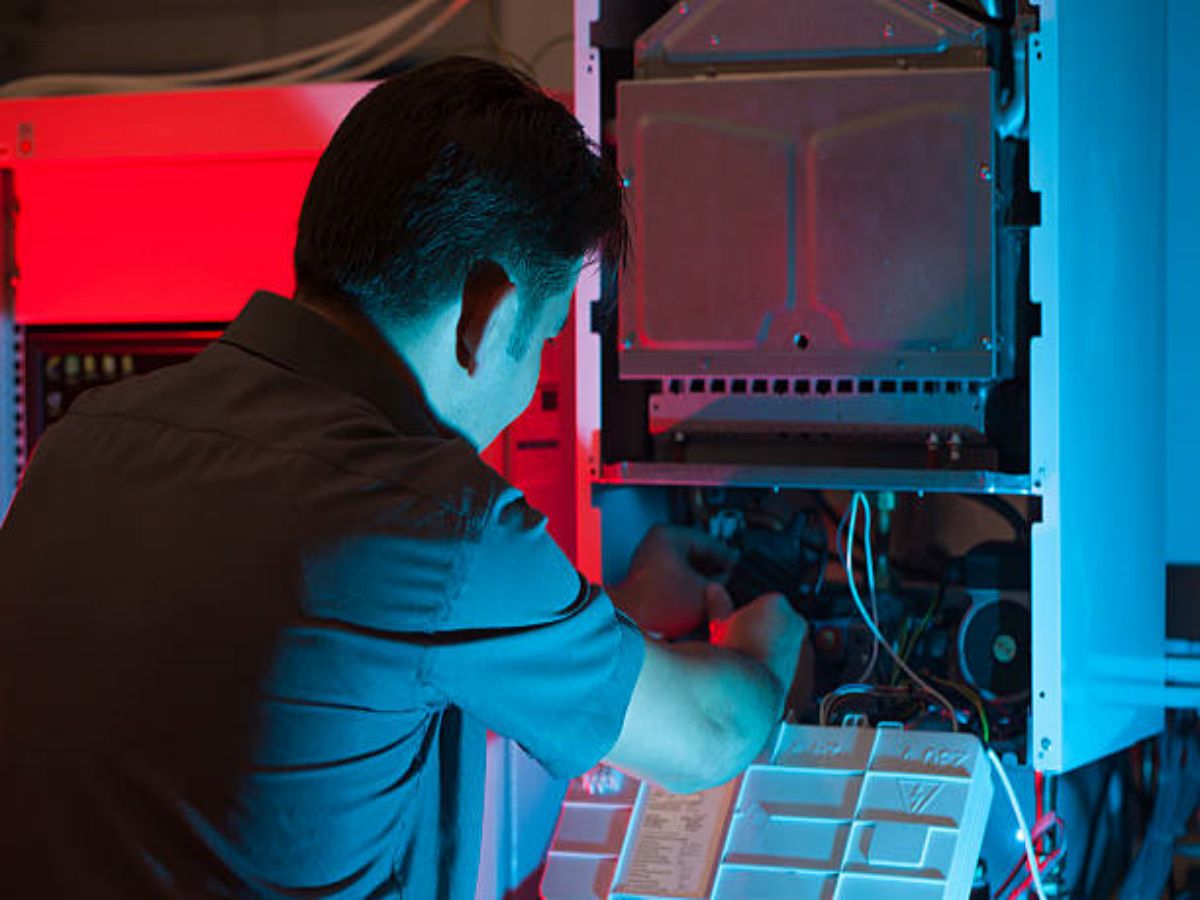Table of Contents

Maximizing Aesthetics and Functionality: The Importance of roof led lights design
In today's world, where energy efficiency and sustainability have become paramount, LED lighting has gained tremendous popularity. Roof LED lights are a perfect example of how innovative design can transform a functional aspect of a building into a visually appealing feature. Whether you are an architect, homeowner, or designer, understanding the intricacies of roof LED lights design is essential. In this comprehensive guide, we will delve into the various aspects of roof LED lights design, from their benefits to installation techniques and maintenance.
The Advantages of Roof LED Lights Design
Roof LED lights design offers numerous advantages that make them an excellent choice for both residential and commercial buildings.
- Energy Efficiency: LED lights are highly energy-efficient, consuming significantly less electricity compared to traditional lighting options. They are a cost-effective choice in the long run.
- Longevity: LED lights have an impressive lifespan, lasting up to 50,000 hours or more. This eliminates the need for frequent replacements and reduces maintenance costs.
- Environmental Friendliness: LED lights do not contain harmful substances like mercury, making them eco-friendly. Additionally, their energy efficiency helps reduce carbon emissions.
- Flexibility: Roof LED lights come in various shapes, sizes, and colors, allowing for endless design possibilities. They can be customized to suit any aesthetic preference.
- Improved Visibility: LED lights provide excellent illumination, ensuring optimal visibility during nighttime or low-light conditions.
Choosing the Right Type of Roof LED Lights
When it comes to roof LED lights design, selecting the appropriate type of LED lights is crucial. Here are some popular options to consider:
1. Strip Lights
Strip lights are slender, flexible LED lights that can be used to highlight specific architectural features of a roof. They are often used to create a dramatic effect or accentuate the roofline.
2. Recessed Lights
Recessed lights are installed flush with the roof surface, providing a seamless and sleek look. They are ideal for illuminating large areas or creating a uniform lighting effect.
3. Pendant Lights
Pendant lights are suspended from the roof, adding a touch of elegance to any space. They are often used in dining areas or as focal points in atriums or lobbies.
4. Skylights with Integrated LED Lights
Skylights with integrated LED lights combine the benefits of natural daylighting with the functionality of LED lighting. They provide ample natural light during the day and transform into LED lights at night.
Installation Considerations
Proper installation is crucial to ensure the optimal performance and longevity of roof LED lights. Here are some important considerations:
1. Waterproofing
Roof LED lights should be installed with proper waterproofing measures to prevent water damage and ensure their durability. This is especially important for outdoor applications or roofs with potential water exposure.
2. Wiring and Power Supply
A reliable and well-designed wiring system is essential for roof LED lights. It is important to have a dedicated power supply that can handle the electrical load of the LED lights without overloading the circuit.
3. Safety Precautions
During installation, it is crucial to prioritize safety. Working at heights and handling electrical components require proper precautions to prevent accidents. It is advisable to hire a professional electrician or contractor experienced in roof LED lights installation.
Maintenance and Upkeep
Regular maintenance is essential to ensure the continued functionality and appearance of roof LED lights. Here are some maintenance tips:
1. Cleaning
Regularly clean the roof LED lights to remove any dirt, dust, or debris that may accumulate. Use a soft cloth or sponge, and avoid using abrasive cleaning agents that could damage the lights.
2. Inspection
Periodically inspect the roof LED lights for any signs of damage or malfunction. Replace any faulty lights promptly to maintain the overall functionality of the system.
3. Professional Servicing
Consider scheduling professional servicing and maintenance at regular intervals. This ensures that any technical issues are addressed promptly and extends the lifespan of your roof LED lights.
Conclusion
Roof LED lights design offers an excellent combination of aesthetics and functionality. By choosing the right type of LED lights, ensuring proper installation, and regular maintenance, you can enjoy the benefits of energy-efficient lighting while enhancing the overall appeal of your roof. Embrace the power of roof LED lights design and transform your space into a visually stunning masterpiece.
